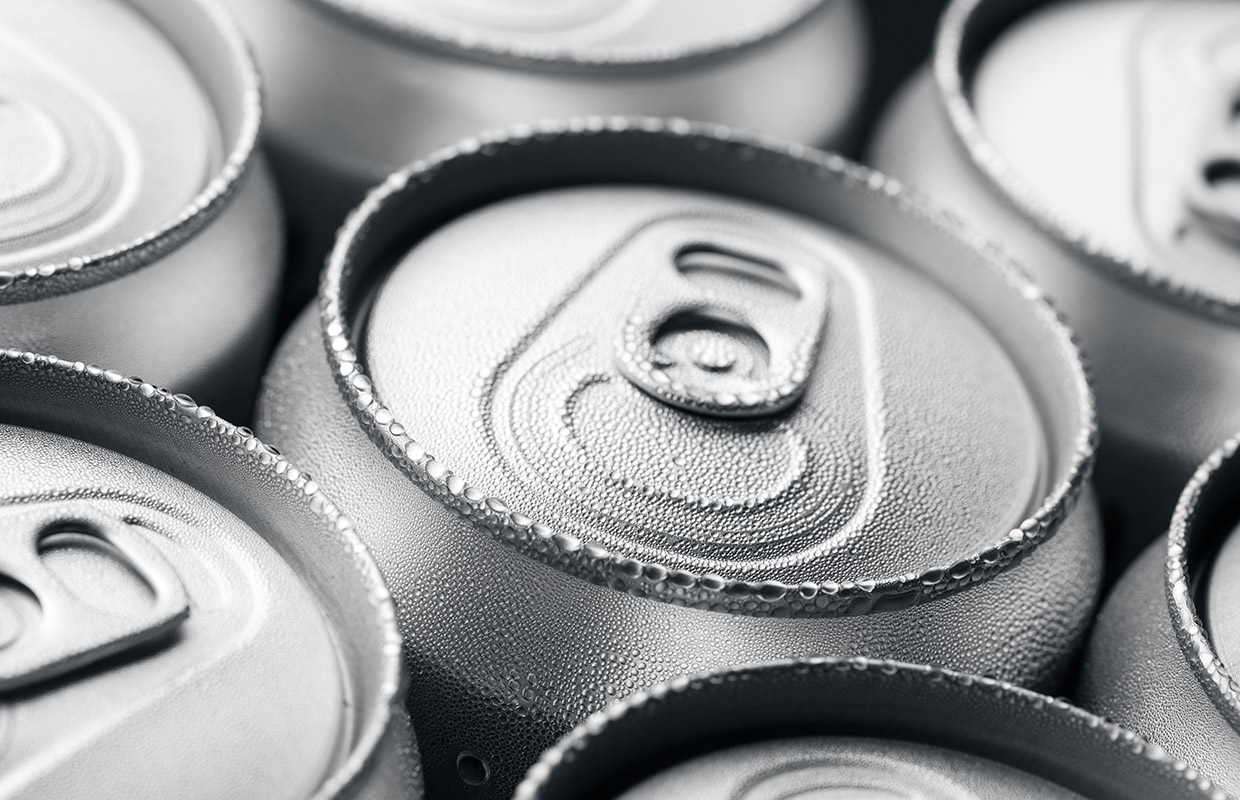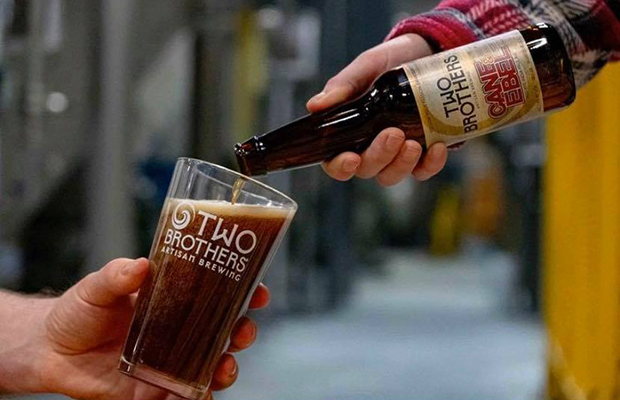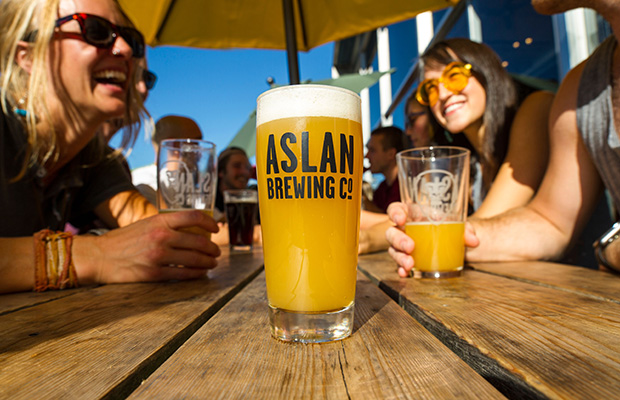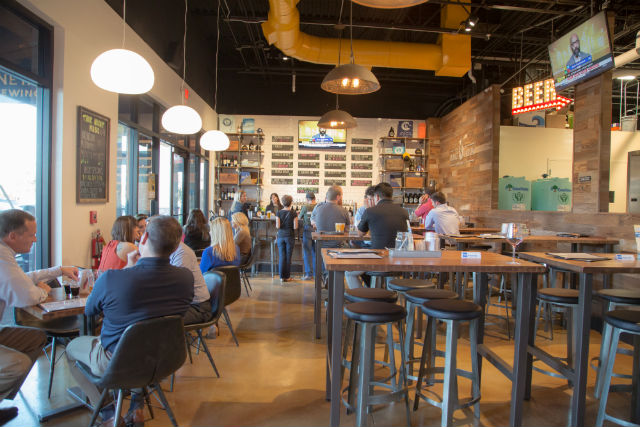
Creating a safe product is always on the minds of a beer producer. Of course, no truly harmful pathogens can live inside a can of beer, but most certainly bacteria like pediococcus or lactic acid can grow. So pasteurizing your beer can help mitigate those sensory issues. As the rise of craft non-alcoholic beer continues, knowing what the effects of pasteurization are starting to be looked at more closely.
At the 2023 Craft Brewers Conference, Fermly CEO Emily Wang shared her findings to a packed Davidson Ballroom A in Nashville.
“There has been conjecture over the best PUs (pasteurization units) to accomplish a safe product without sacrificing the sensory experience,” she said. “This subject is paramount when considering non-alcoholic beers due to the lack of alcohol content to mitigate microbes.”
The study used four beers, two with alcohol — a fruited sour and a hazy IPA — and two non-alcoholic products — a hazy IPA and a Mexican Lager.
There were some noticeable differences, she pointed out, after doing a controlled study using tunnel pasteurization.
READ MORE: Some Pros & Cons to Contract Brewing Your Brands
“Tunnel pasteurization is effective in removing the threat of microbial spoilage but it impacts the chemical profile of the product and it’s more noticeable sensory-wise in alcoholic products than non-alcoholic ones,” Wang said. “The analysis verified the pasteurization was effective at lower levels than previous scientific works have suggested.”
The IPA with alcohol in it could also be more affected by tunnel pasteurization due to not being heat treated as part of the production process until pasteurization, Wang pointed out.
“The chemical and sensory changes may be due to the length of time the product is at an elevated temperature, not just for pasteurization, but including the heating up and the cooling down phases,” she said. “The result is a product that is less likely to deal with the repercussions of microbial contamination but is a possible threat to break standards, considering flavor and alcohol changes.”
The decrease in alcohol and the rise in pH is possibly due to something like esterification, a chemical reaction where alcohols and acids combine to form ester compounds, she added.
“Since non-alcoholic beverages undergo a heating process in de-alcoholization,” Wang said. “The flavor is less impacted by tunnel pasteurization as seen in the Mexican Lager.”
She shared much more in detail and technicality but also said that more experimenting needs to be done to nail down exact scenarios as to the best form of pasteurization for certain products.
“Studying a variety of other compounds for before and after tunnel pasteurization may reveal more about how flavor is impacted and what limitations we have to consider in pursuit of microbial stability,” Wang said. “Are different forms of pasteurization preferable because of flavor impacts if the increase in some flavor compounds negates microbial growth? Is there an opportunity for a trade off for less pasteurization?
“What can be understood from these experiments is that all beverages tested there are different responses to tunnel pasteurization.”
Photo courtesy Adobe Stock




Be the first to comment